Kia is targeting CO2 emissions as low as 37g/km from the new Kia Optima Plug-in Hybrid, which is due to go on sale in Europe at the end of 2016.
Read our review of the Kia Optima PHEV here
The Korean manufacturer’s first plug-in hybrid was recently revealed at the Chicago motor show alongside its sister car, the Optima parallel hybrid, but only the plug-in model is due to go on sale in the UK later this year.
The Optima PHEV uses a 2.0-litre, four-cylinder petrol engine that produces 154bhp and 139lb ft and is mated to a six-speed automatic transmission. Electric power is produced by a transmission-mounted 50kW motor, which is 42% more powerful than that used in the previous parallel Optima Hybrid in order to provide greater all-electric capability.
With an estimated 600 miles of total driving range, the Kia Optima PHEV’s next-generation battery system features a 9.8 kWh lithium ion polymer battery pack, which is estimated to have a range of 33 miles in full EV mode. The car will operate in EV mode at speeds of up to 74mph.
The total output of the petrol-electric powertrain is 202bhp and 276lb ft, with the latter available from 2300rpm. According to Kia’s figures, the Optima Plug-in Hybrid can accelerate from 0-62mph in 9.4sec.
The battery pack is situated behind the rear seat and in tyre well, both to maximise cargo volume and provide the space needed to offer 60/40 split folding rear seats. It means the car offers a 307 litre boot, compared with the 510-litre capacity of the standard petrol-powered Optima’s boot.
Additional power for the battery system is harvested from a regenerative braking system. Updated over the system found in earlier iterations of the Optima Hybrid, the new system is able to regenerate 11% more energy.
The car is also equipped with an heating, ventilation and air conditioning (HVAC) system that allows ventilation to the driver only during single-occupancy driving.
The Optima PHEV is equipped with a single charging port located in the front wing. A full charge can be achieved in less than three hours via a 240V charger, and less than nine hours via a 120V charger.
The driver can choose between all-electric mode (EV) for city driving, hybrid mode (HEV) for open roads and charging mode, which increases the amount of energy being sent back to the battery during higher-speed driving.
The Optima gets some design elements to set it apart from its petrol and diesel powered siblings, including a bespoke instrument cluster and a special design of alloy wheels.

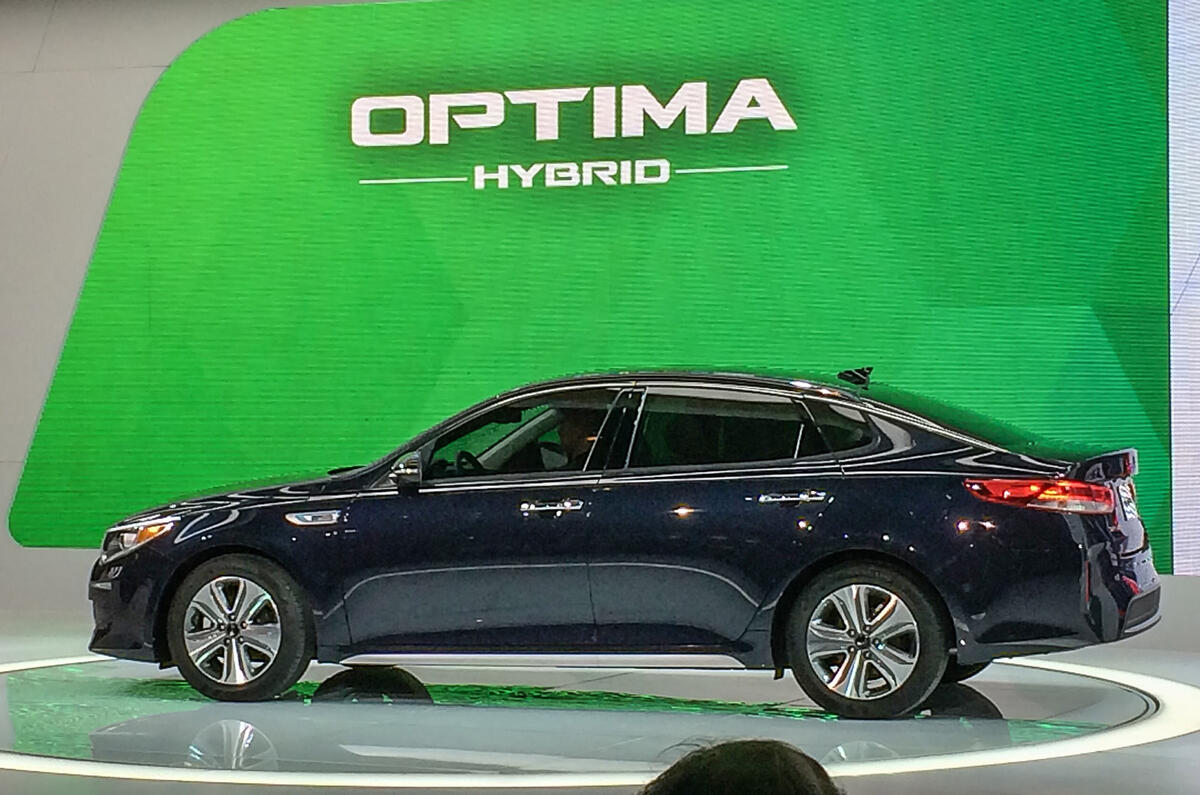
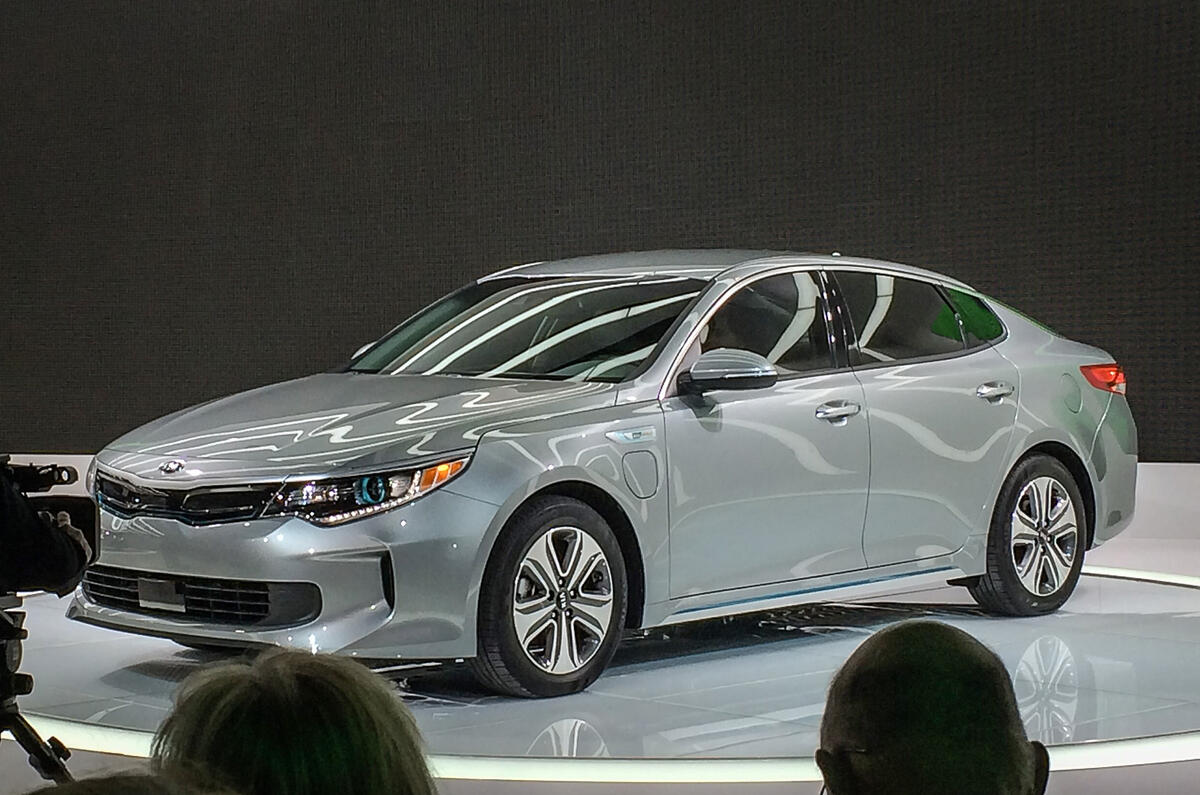
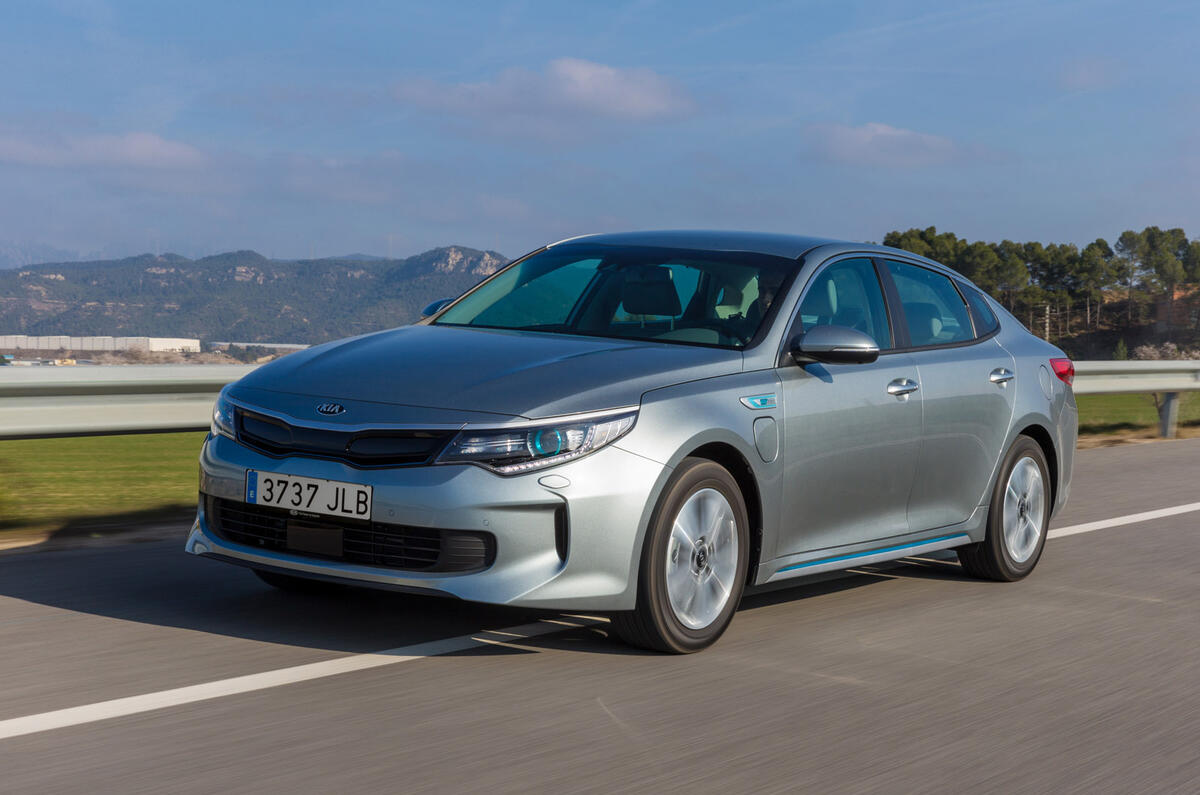
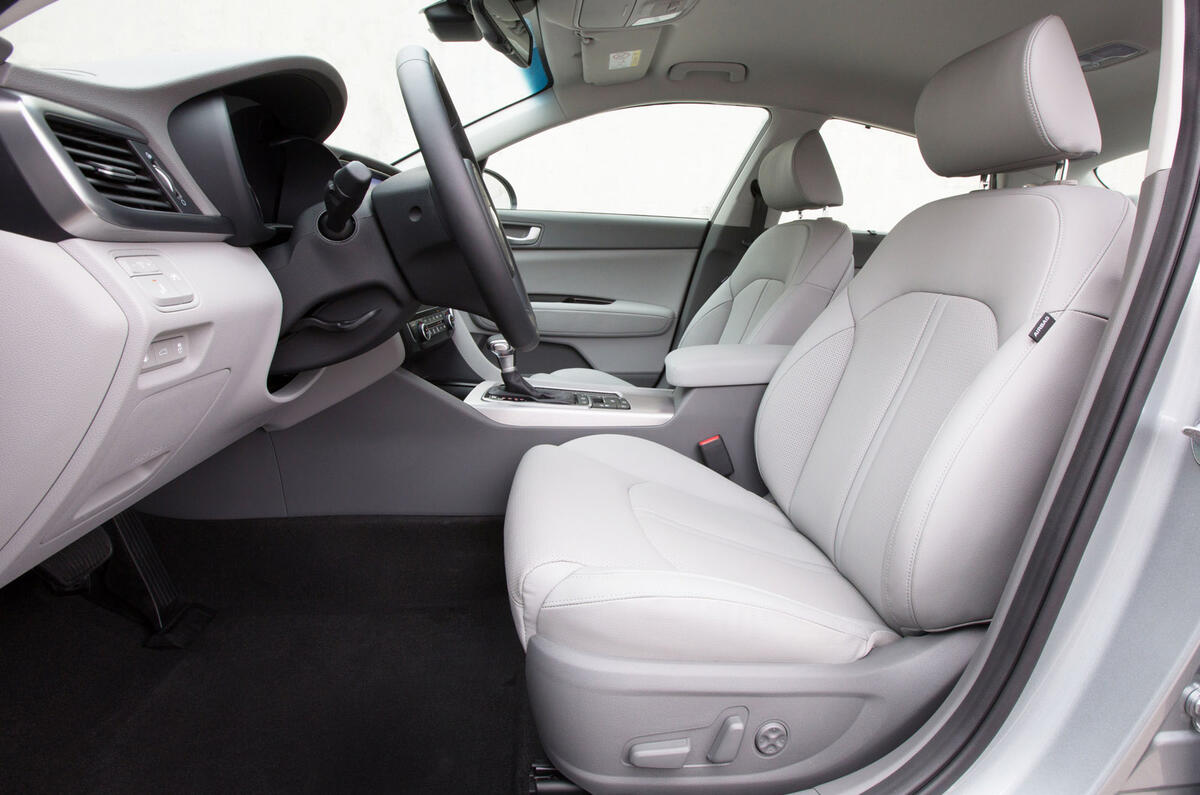

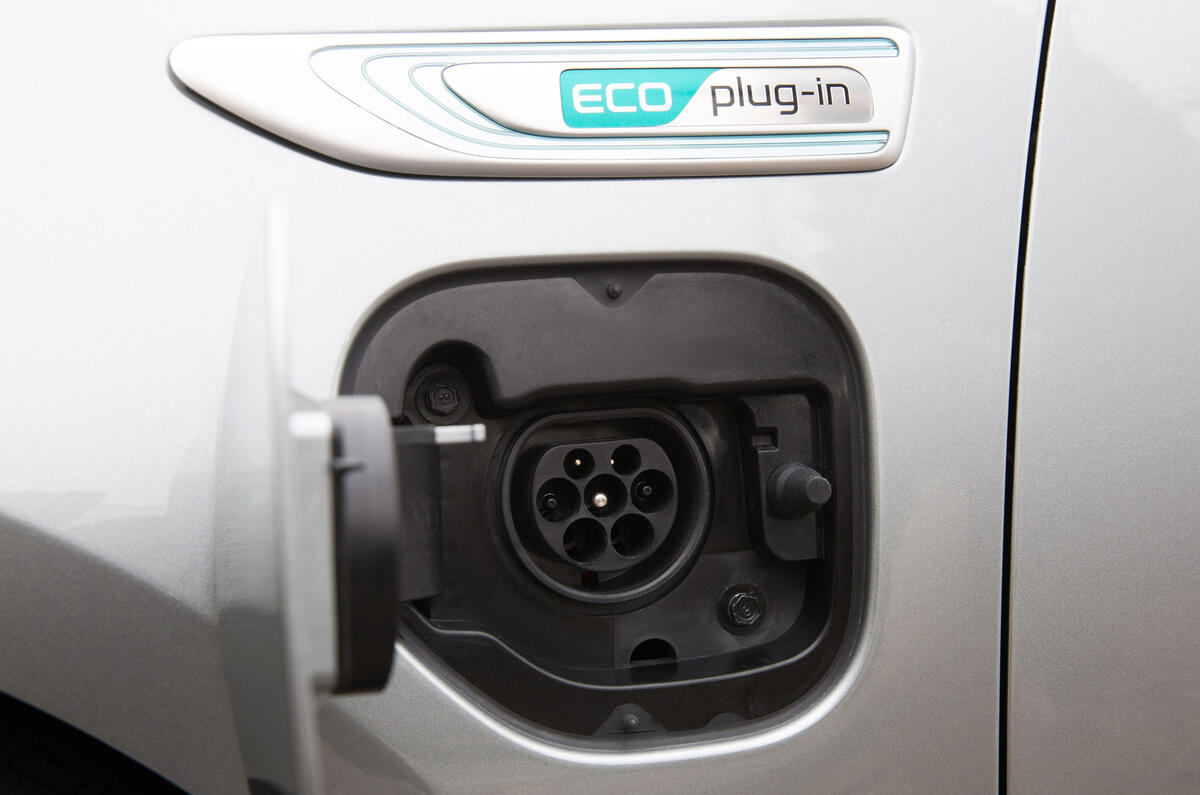
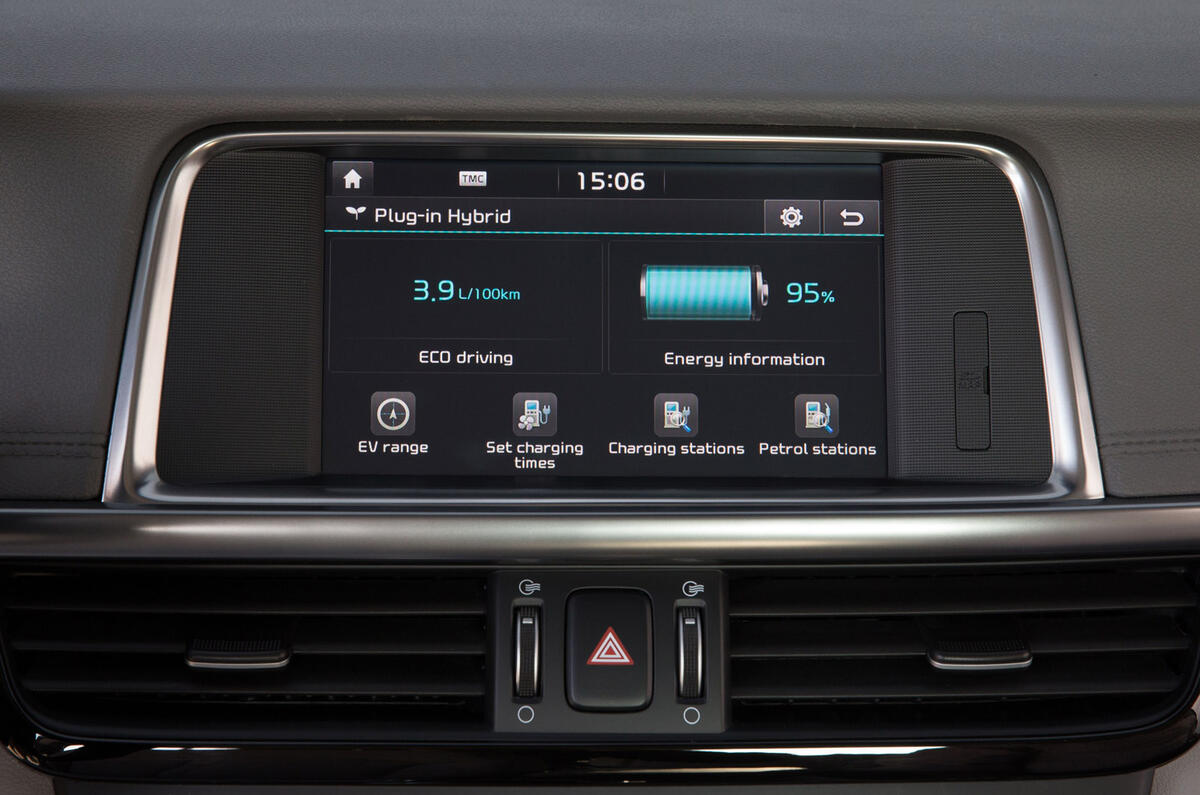
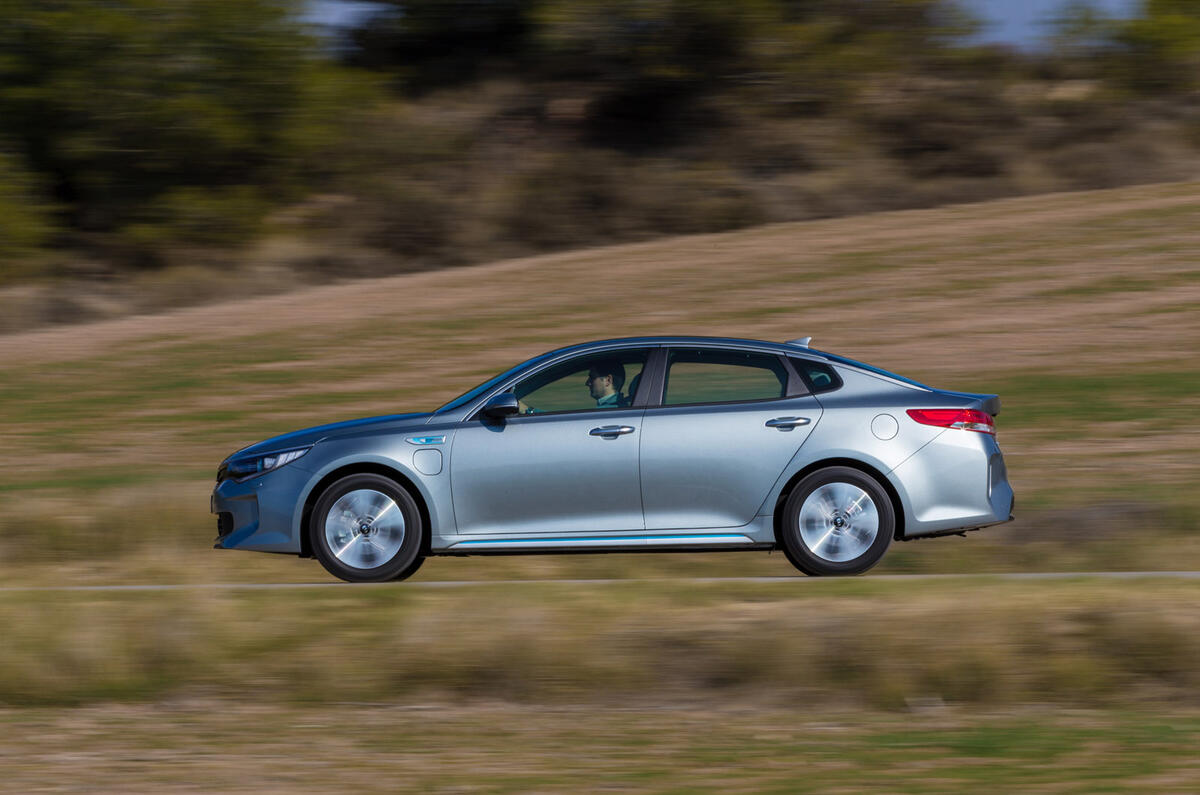
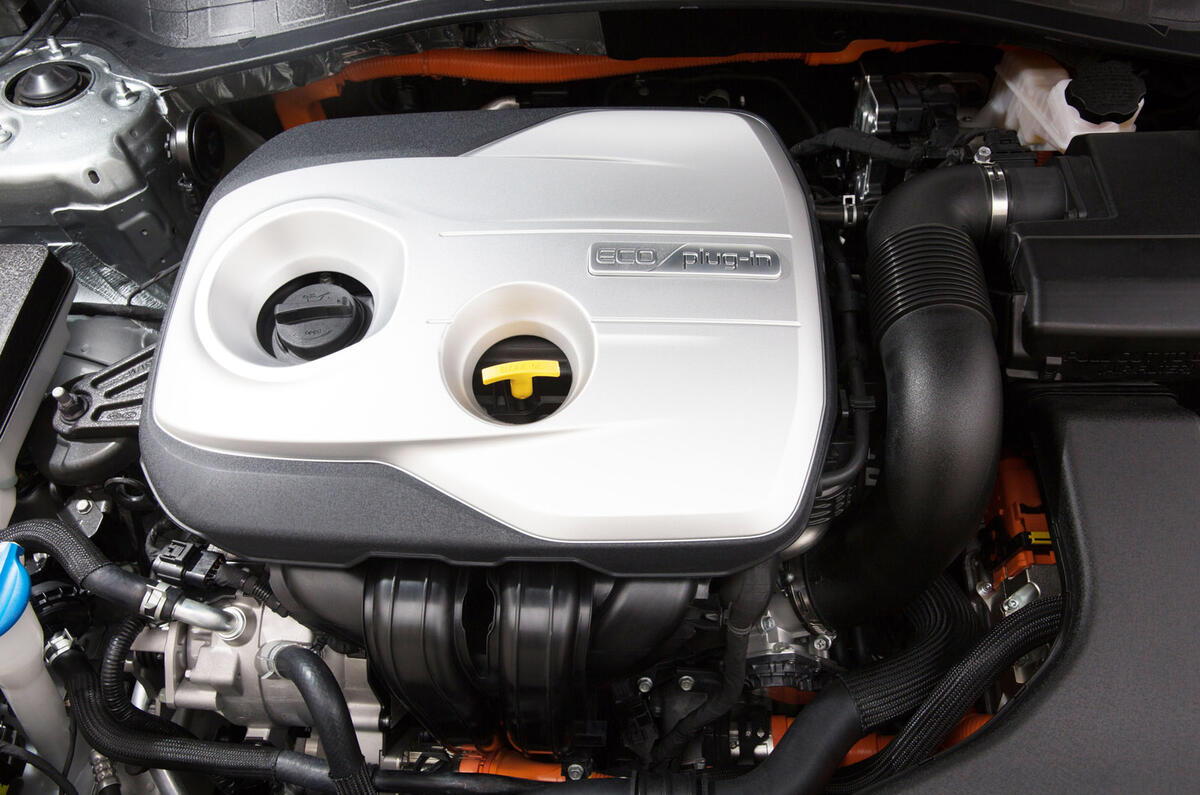

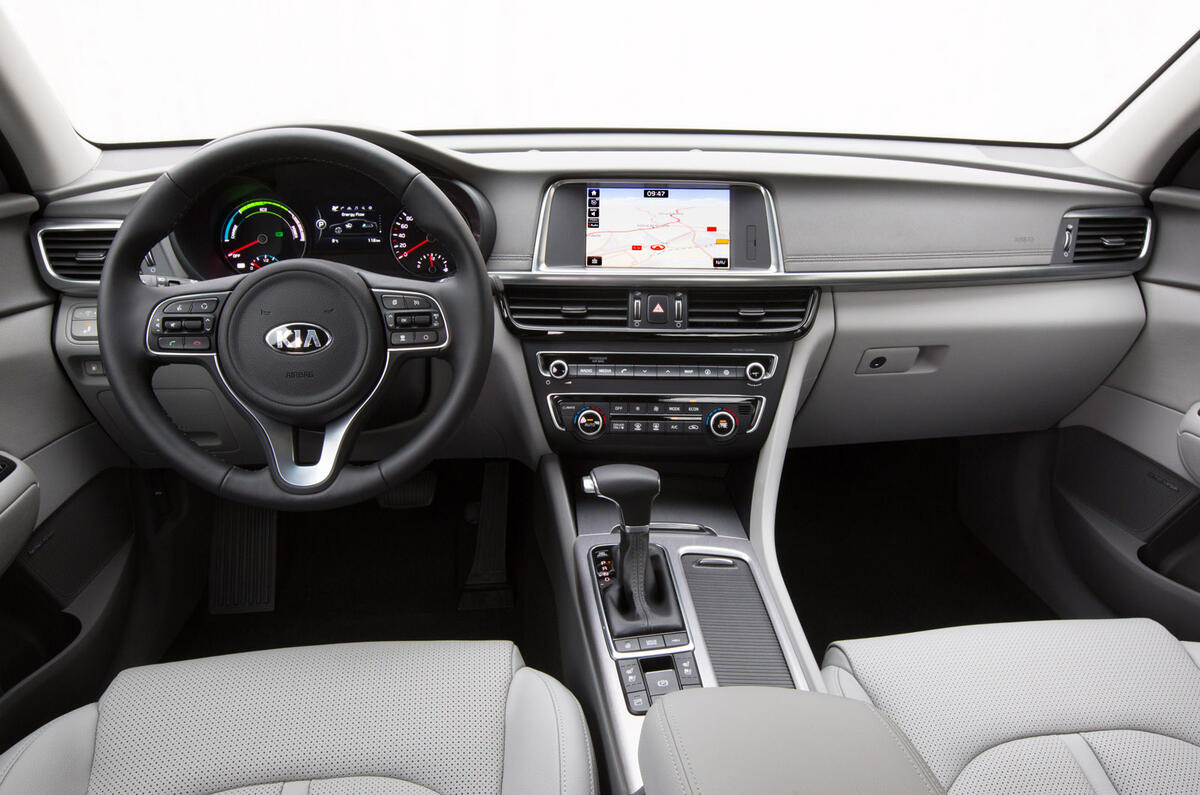
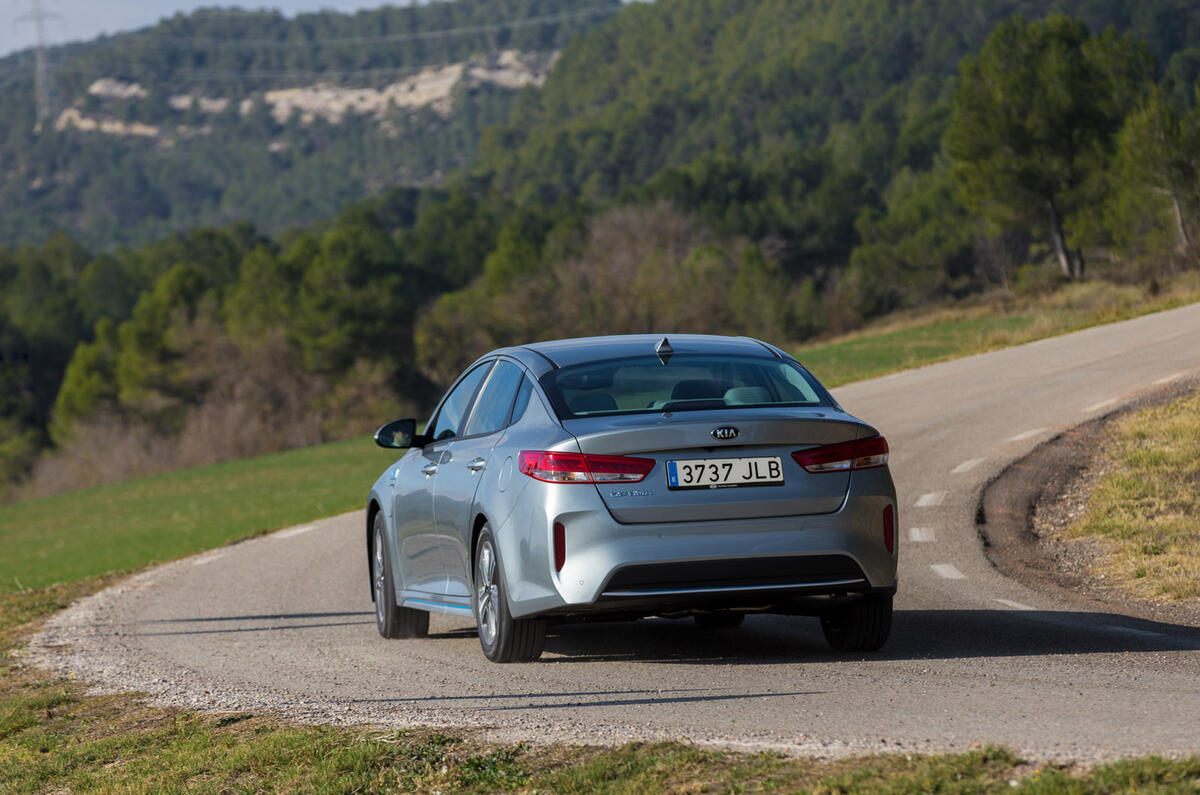
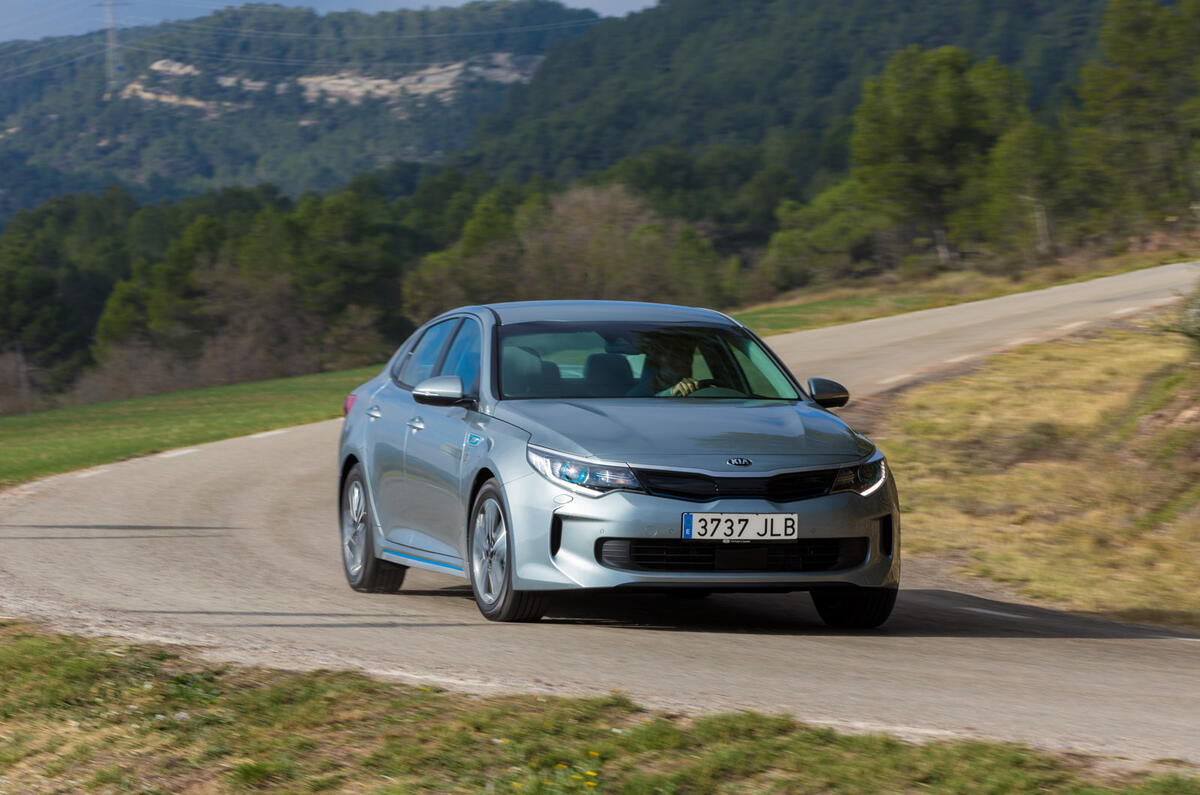
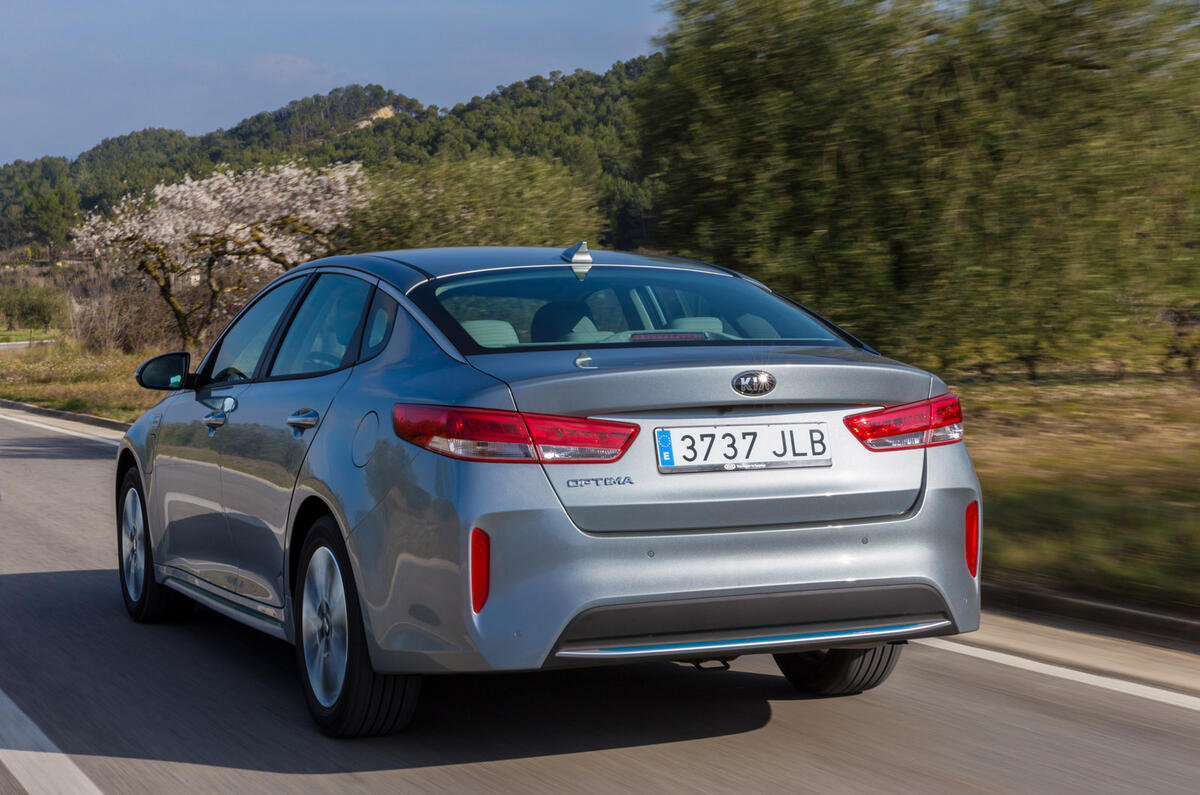


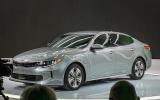
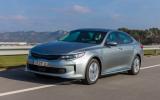


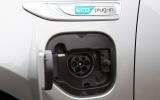
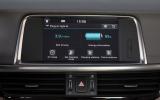
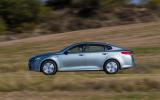
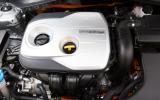


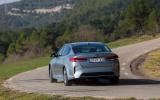
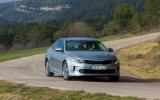

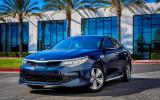







Join the debate
Add your comment
Official or estimated CO2????
Ask the Americans
Good question. But we will have to ask the Americans. As the car-maker-friendly Eurocrats still can't tell their as from their bs when it comes to figuring out real MPG or emissions.